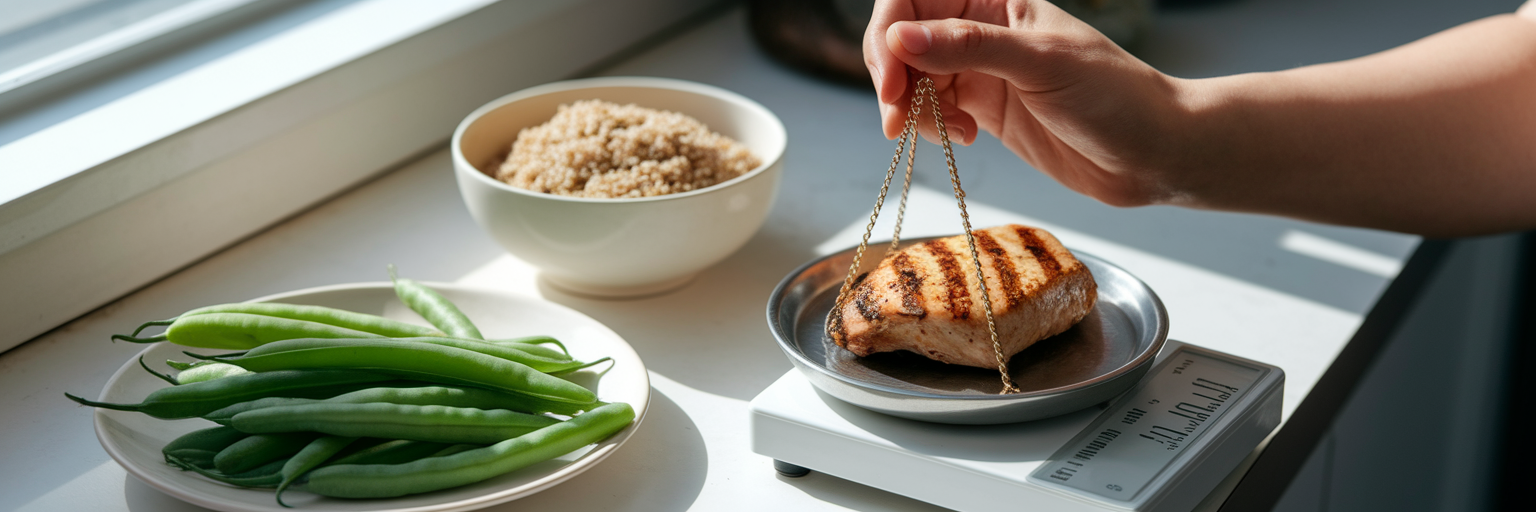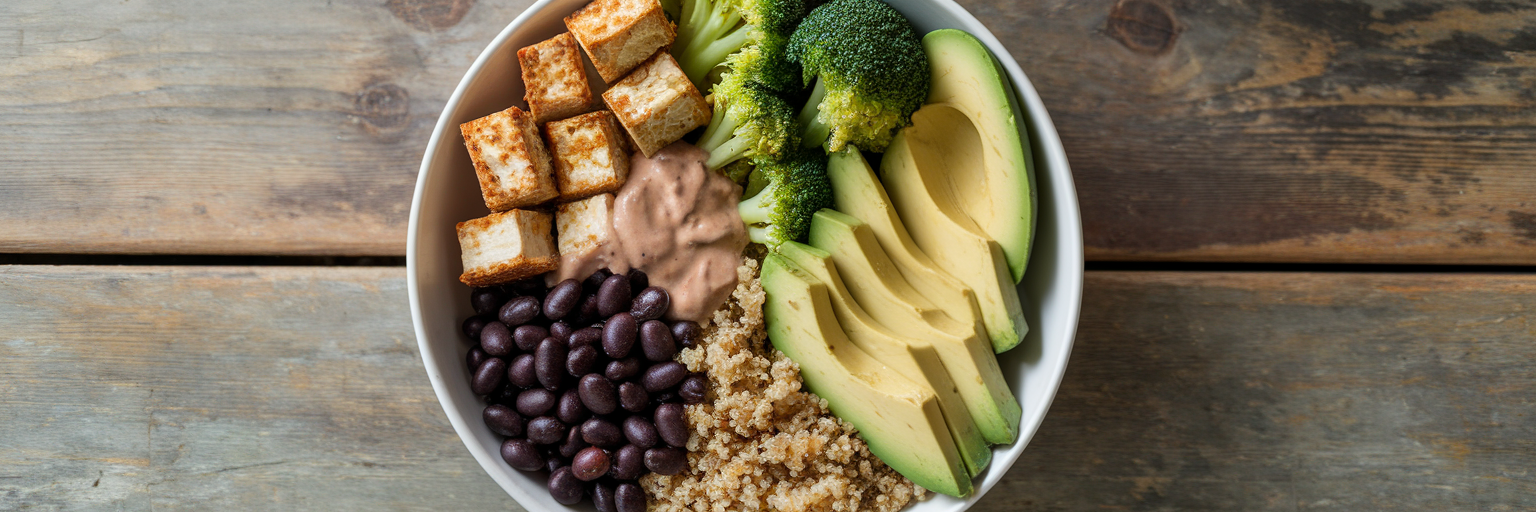Why Protein Is Your Muscle-Building Partner
Every workout you complete is a signal to your body to get stronger. But that signal is only answered if the right building materials are available. Think of your workouts as the construction crew, ready to work. Protein is the pile of bricks they need to build something new. Without it, the crew shows up, but nothing gets built.
When you lift weights or do any resistance training, you create tiny micro-tears in your muscle fibers. This is a good thing. It’s the stimulus for growth. Your body then uses the protein for muscle growth you eat to repair these tears, making the muscle fibers thicker and stronger than before. This entire process is called Muscle Protein Synthesis, or MPS. You can think of MPS as your body's internal muscle-building engine that is always running in the background.
To build muscle, your goal is simple: keep your MPS rate higher than your muscle breakdown rate. This is where many people get confused. The standard Recommended Dietary Allowance (RDA) for protein is about 0.8 grams per kilogram of body weight. However, that number is the bare minimum needed to prevent deficiency in a sedentary person. It’s not the optimal amount to support an active lifestyle and build new muscle tissue. For that, you need a bit more.
Finding Your Daily Protein Number

So, how much more protein do you actually need? Let's get practical and figure out your personal target. Forget confusing advice and focus on a simple, evidence-based range. For active individuals looking to build muscle, the most widely accepted recommendation is between 1.6 to 2.2 grams of protein per kilogram of body weight. Since most of us in the U.S. think in pounds, that translates to a much simpler range: 0.7 to 1.0 grams of protein per pound of body weight.
Let's make this real with an example. If you weigh 180 pounds and want to optimize muscle growth, here’s how to calculate protein intake:
180 lbs x 0.8 g/lb = 144 grams of protein per day
That’s your target. You could aim for the higher end (1.0 g/lb) on heavy training days or if you're in a fat loss phase, which would be 180 grams. While you can find a daily protein needs calculator online, understanding this simple math puts you in complete control of your nutrition. While protein is the primary driver of muscle repair, other compounds can support your performance. For instance, many athletes explore the creatine benefits to complement their training and nutrition.
To make it even clearer, here’s a quick guide based on your primary fitness goal:
| Primary Goal | Grams of Protein per Pound (lbs) | Grams of Protein per Kilogram (kg) | Primary Function |
|---|---|---|---|
| General Health & Fitness (Maintenance) | 0.5 - 0.7 g/lb | 1.2 - 1.6 g/kg | Preserves existing muscle mass and supports overall health. |
| Optimal Muscle Growth (Bulking) | 0.7 - 1.0 g/lb | 1.6 - 2.2 g/kg | Provides ample building blocks to repair and build new muscle tissue. |
| Fat Loss (Cutting) | 0.8 - 1.0 g/lb | 1.8 - 2.2 g/kg | Helps preserve muscle mass in a calorie deficit and increases satiety. |
Note: These ranges are evidence-based guidelines for active individuals. Your ideal intake may vary based on age, metabolism, and the intensity of your training program.
Adjusting Protein for Weight Loss and Gain
Knowing your protein number is one thing, but understanding why it changes based on your goals is where the real magic happens. Let's talk about cutting and bulking. When you're in a calorie deficit to lose weight, your body is looking for energy. Without enough protein, it might start breaking down muscle tissue for fuel. This is the last thing you want.
A higher protein intake for weight loss, around 0.8 to 1.0 grams per pound, helps protect your hard-earned muscle. It ensures that the weight you lose comes from fat, not muscle. Plus, protein is highly satiating, meaning it helps you feel fuller for longer. This makes managing hunger during a diet much easier. As research from the American Journal of Clinical Nutrition has shown, higher protein diets are effective for preserving lean mass while promoting fat loss.
On the flip side, when you're trying to gain muscle (bulking), protein works with a calorie surplus and consistent training. The 0.7 to 1.0 g/lb range gives your body the resources it needs to build new tissue. A common question is whether you need as much protein on rest days. The answer is yes. Muscle repair isn't a 9-to-5 job; it’s a 24/7 process. Keeping your protein intake consistent ensures your body always has what it needs to recover and grow.
The Power of Plant-Based Proteins

Let's clear something up right away: you can absolutely build strong, healthy muscle on a plant-based diet. The key is simply being smart about your sources. Animal proteins are often called "complete" because they contain all nine essential amino acids your body can't make on its own. Many plant proteins are "incomplete," but this is an easy hurdle to overcome.
By practicing "protein combining" throughout the day, you can easily get all the amino acids you need. It’s as simple as pairing rice with beans or having a variety of plant sources in your meals. Your body is smart enough to pool these amino acids together. To get enough plant based protein for muscle, focus on incorporating a variety of these foods:
- Legumes: Lentils, chickpeas, and black beans are fantastic, fiber-rich sources.
- Soy Products: Tofu, tempeh, and edamame are complete proteins and incredibly versatile.
- Grains: Quinoa and amaranth are excellent grain-based complete proteins.
- Nuts and Seeds: Hemp seeds, chia seeds, and almonds are great for snacking and adding to meals.
- Plant-Based Protein Powders: Pea, soy, or brown rice protein powders are a convenient way to boost your intake.
Variety is important for everyone, not just those on a plant-based diet. To see how delicious and simple it can be, check out these 3 easy vegan protein recipes you'll actually crave. For a quick and easy boost, a high-quality supplement like our Chocolate Vegan Protein can be a great addition to your routine.
Timing Your Protein for Better Results
Now that you know how much protein to eat, let's talk about when to eat it. Spreading your protein intake evenly across the day is more effective than cramming it all into one or two large meals. Think of it like keeping a fire going. You don't throw all the logs on at once; you add them periodically to maintain a steady flame. The same goes for Muscle Protein Synthesis.
What about the famous "anabolic window"? For years, gym-goers believed they had to chug a protein shake within 30 minutes of their workout. While having protein after training is a great habit, the window isn't that small. This approach is supported by guidelines from the International Society of Sports Nutrition, which emphasize that the window is likely several hours long. The bigger priority is your total daily intake and its distribution.
Here’s a simple, actionable takeaway: aim for 20-40 grams of high-quality protein every 3-4 hours. This could look like three meals and one or two protein-rich snacks. Take a look at your daily schedule. Could you add a protein-rich snack between lunch and dinner to better fuel your muscles? For more tips on nutrition and fitness, feel free to explore our blog.
Simple Ways to Hit Your Daily Protein Goal
Knowing your protein target is great, but hitting it consistently is what delivers results. Don't overcomplicate it. Building sustainable habits is about making small, smart choices throughout your day. Here are a few simple strategies to get you started:
- Practice Protein Stacking: This just means adding a protein source to meals you already eat. Add a scoop of Greek yogurt to your morning smoothie, top your salad with grilled chicken or chickpeas, or mix some nuts and seeds into your oatmeal.
- Become a Label Reader: Take an extra second at the grocery store to glance at the nutrition facts. You might be surprised to find that some breads, pastas, and yogurts have significantly more protein than others.
- Use Supplements Wisely: Protein powders are a convenient tool, not a magic bullet. They are perfect for busy mornings, post-workout recovery, or when you need a quick snack. But remember, whole foods should always be your foundation. If you're wondering which type is right for you, our guide to the best protein powders can help you decide.
Most importantly, remember that consistency beats perfection. If you miss your protein goal one day, don't sweat it. Just get back on track the next. It's the habits you build over the long term that will ultimately help you reach your goals. What's your go-to high-protein snack? Share it in the comments below!



